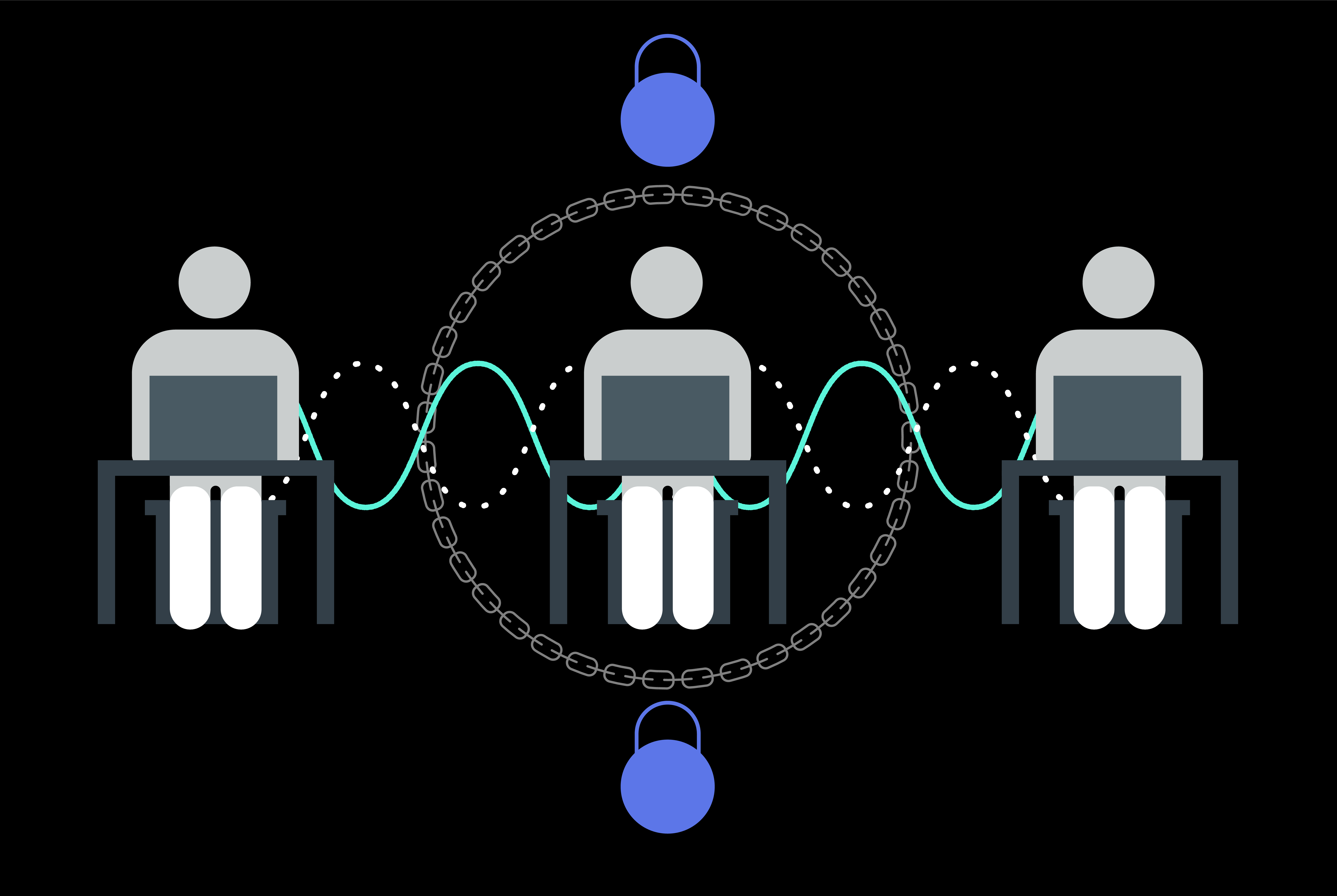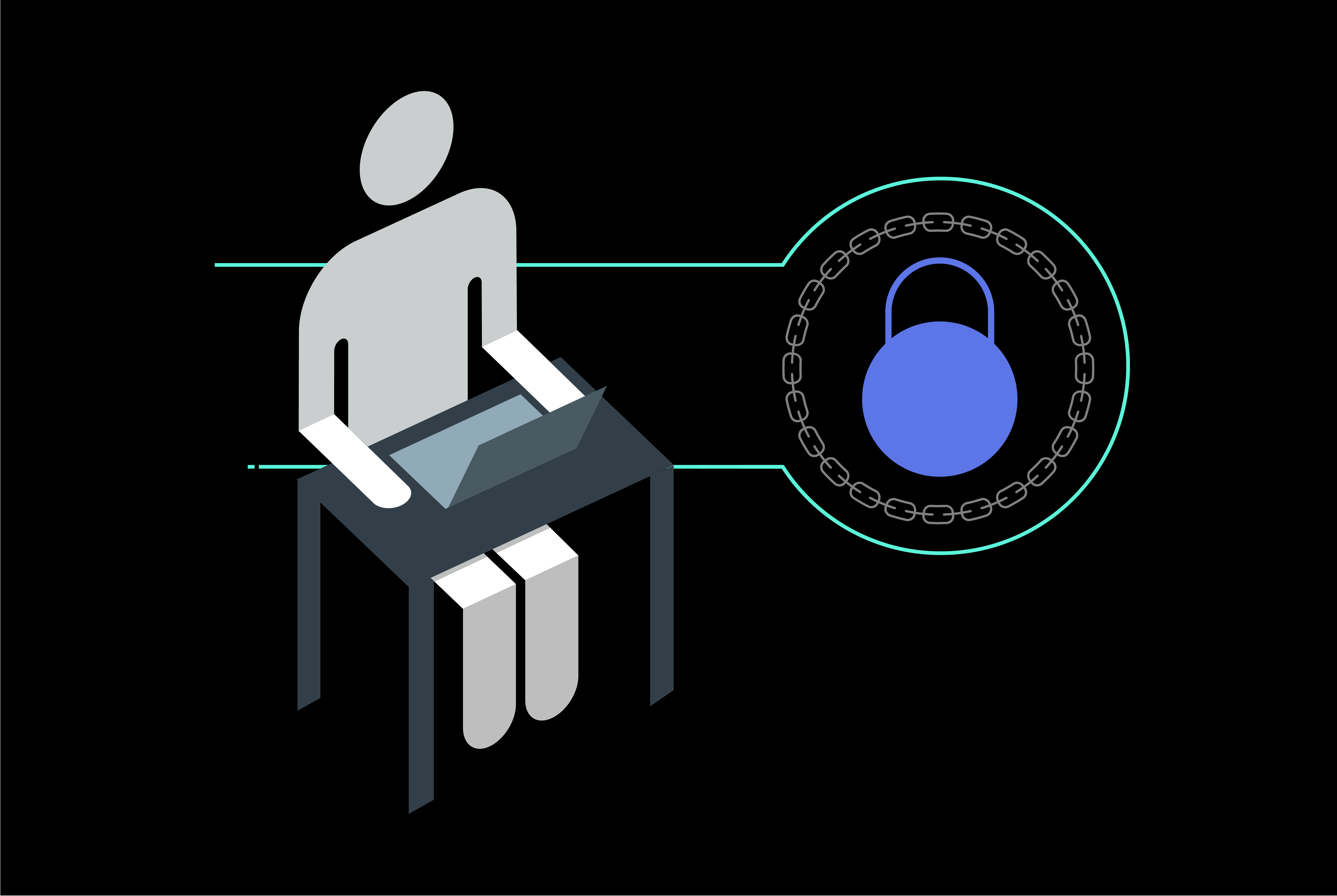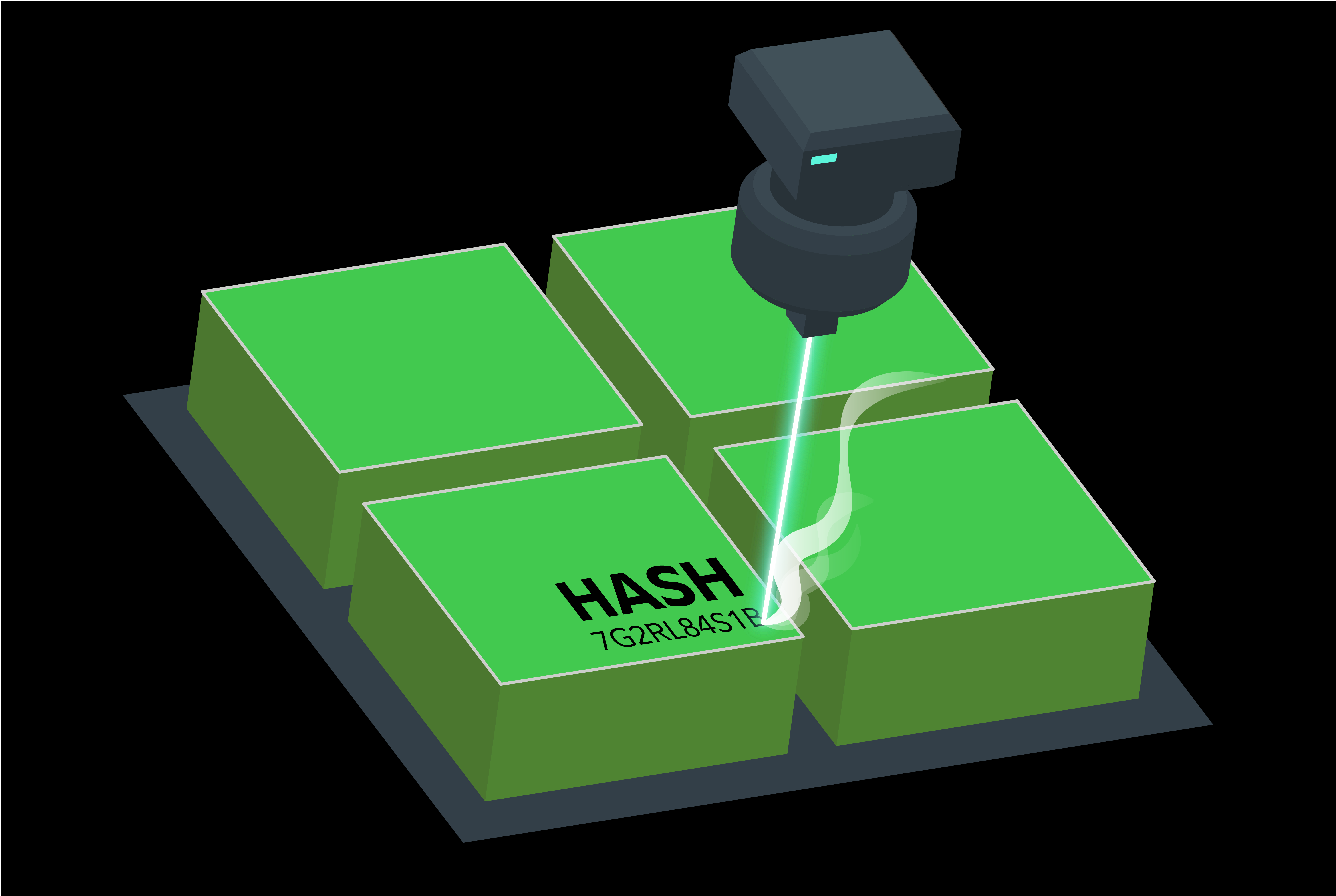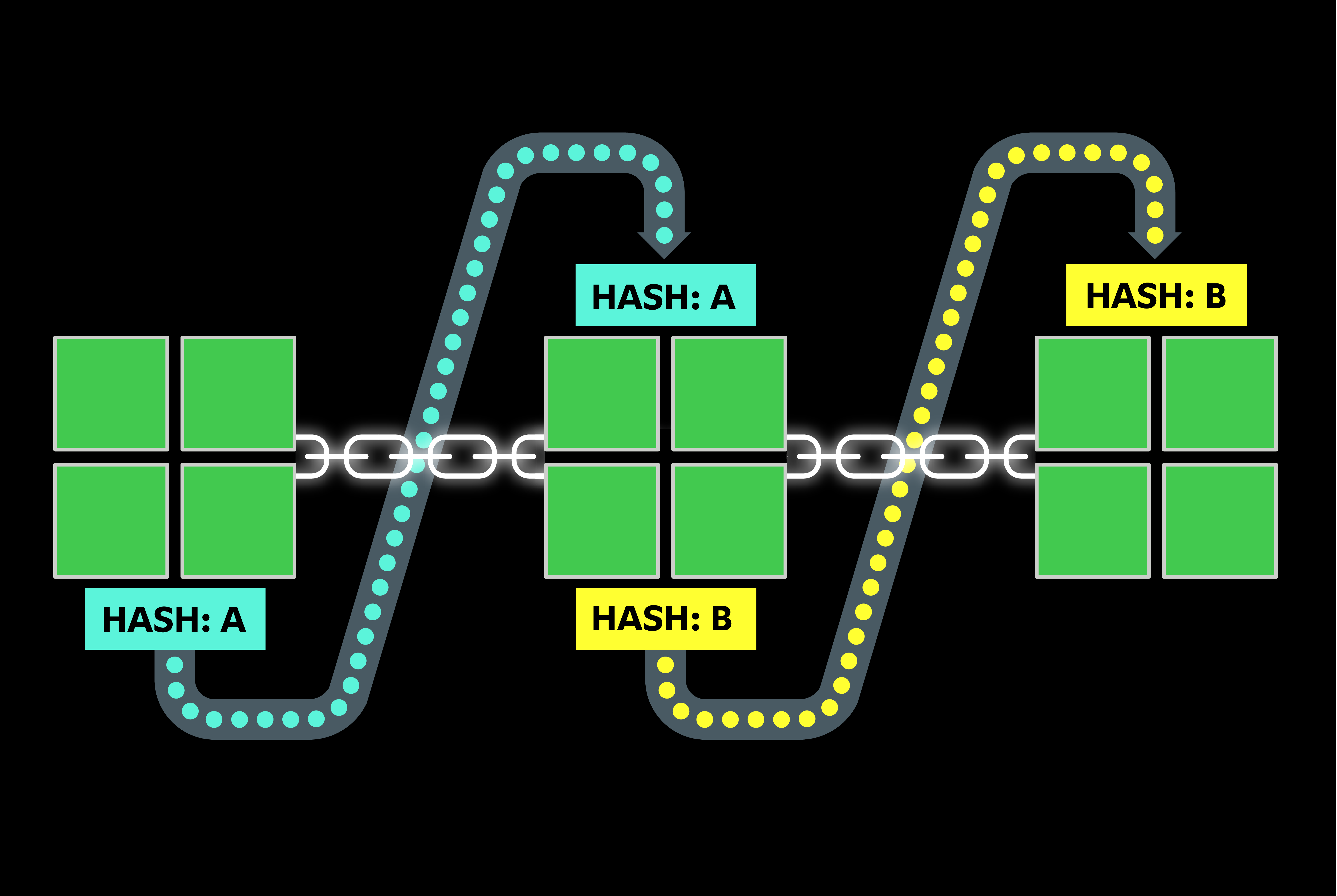Blockchain explained

What is a blockchain?
Blockchain technology is similar to an online database (or ledger ) that records data across a network. Blockchains are commonly associated with cryptocurrencies, like bitcoin and ethereum, which are available to trade through Fidelity Crypto® offered by Fidelity Digital Assets®, but there are many other potential use cases, like healthcare, insurance, and even the food industry.
The following infographic is a simplified explanation to help you visualize how the technology works.
Public blockchains vs. private blockchains

There are two types of blockchains. Public blockchains are decentralized, meaning there is no single owner. Similar to a publicly shared spreadsheet, everyone with an internet connection has access to the data. However, you can only view the data—not edit it—like "read only mode." This way no one can manipulate or change it.

Private blockchains are centralized. This means there is one single ledger maintained by one person, a group of selected individuals, or a company.

Did you know?
The New York Times created the world’s first blockchain predating Bitcoin by 14 years. Bitcoin’s creator, Satoshi Nakamoto, used the NYT as inspiration for the advanced technology it is today.1
How does blockchain work?
In short, blockchains track data in small increments that are then linked together. That data can be anything from bitcoin transactions to newspaper articles. They are used to globally store and organize large amounts of data.
To help you visualize how a blockchain works, here is a hypothetical example of recording an online game using the principles of blockchain technology and a public shared spreadsheet.

Each turn is recorded and time-stamped in a separate cell. After a certain amount of time, the filled cells are grouped together. This is an example of a block, which is a small group of data within a specified time frame.
But every network is different. For example, on the Bitcoin network, data is grouped together approximately every 10 minutes, and on the Ethereum network, it’s grouped together approximately every 12 seconds.

With each group of data (or block), there is a unique code associated with it. On blockchains, this code is called a hash and is generated automatically. Just like how your employee ID number is specific to you, each hash is specific to a group of data.

To start the next block, the code (or hash) of the previous block must be incorporated. This is what links the two blocks together to create the chain. There are two ways to verify this is done correctly: crypto mining or crypto staking but depends on the network. Either way, it is up to the network to make sure the block is accurate before moving on to the next block.

Once the block is added to the blockchain, it cannot be altered. Remember, it’s like "read only mode." So, in game terms, if you tried to go back and edit a turn from the beginning of the game, the spreadsheet wouldn’t allow the change, and all players would be notified that you tried.
So, simply put, a block is a digital colection of data that can be anything from newspaper articles to real—or games—transactions. And the chain is a series of blocks linked together.

Did you know?
The chance of guessing a Bitcoin hash is 1 in over 115 quattuorvigintillion (a 76-digit number greater than the number of atoms in the universe).2
Potential risks of blockchain technology
There are several risks and potential benefits associated with blockchain technology. The following is not a full list, just a starting point for your research.
Operational
Users holding cryptocurrencies on the blockchain identify with a private key, like a randomized password. Losing that private key may result in losing total access to your crypto, because there are no organizations, like the Securities Investor Protection Corporation (SIPC), to insure or protect your crypto. Depending on if you are using a non-custodial wallet or a custodial wallet, you may have minimal customer service options too.
Cyberattacks
Some blockchains are less secure than others and may be more susceptible to certain cyberattacks or bugs in the code. While security is gradually improving across the industry, cyberattacks still happen. These could include but aren’t limited to exchange attacks, phishing emails or direct messages on social media, and SIM swaps. Make sure to research how to keep your crypto safe before taking action.
Scam networks
Stealing isn’t the only way cybercriminals can wipe out your investment. There are also "pump-and-dump" scams (aka rug pulls) to be aware of on the blockchain. This is where malicious individuals or firms, known as bad actors, create and hype up fake tokens to attract or manipulate investors. Once the price reaches a peak, they sell all their holdings at a profit and send the market price plummeting.
Potential benefits of blockchain technology
Secure
Public blockchains can be harder to hack because a hash is nearly impossible to duplicate, and the data cannot be altered. However, not all blockchains offer the same level of security or reliability and regulations are continuously changing, which can cause uncertainty.
Transparent
Everything recorded on a public blockchain is available for everyone with an internet connection to see. Each data point is time-stamped and has both the sender and receiver’s public key, so everything is easily traceable.
Fast
Compared to some traditional financial actions, like a bank wire that could take 3-5 business days, blockchains can be a faster alternative. For example, the Bitcoin and Ethereum networks allow individuals to send money across the globe in under 10 minutes.
Why is blockchain important?
While many people associate blockchain technology largely with cryptocurrencies, many transactional and information-sharing industries could benefit from its potential.
Health care providers could easily and securely share and maintain records on a worldwide scale.3 Insurance companies could automatically execute smart contracts and coverage.4 And you could see the entire journey of food products from the farm to the grocery store.5
However, those potential opportunities do not come without substantial risk. As with any digitally native technology, blockchains are susceptible to scams, hacks, and cyberattacks, which can lead to extreme uncertainty and hesitation.


 Blockchain 101
Blockchain 101